Buying your first home - all the costs explained
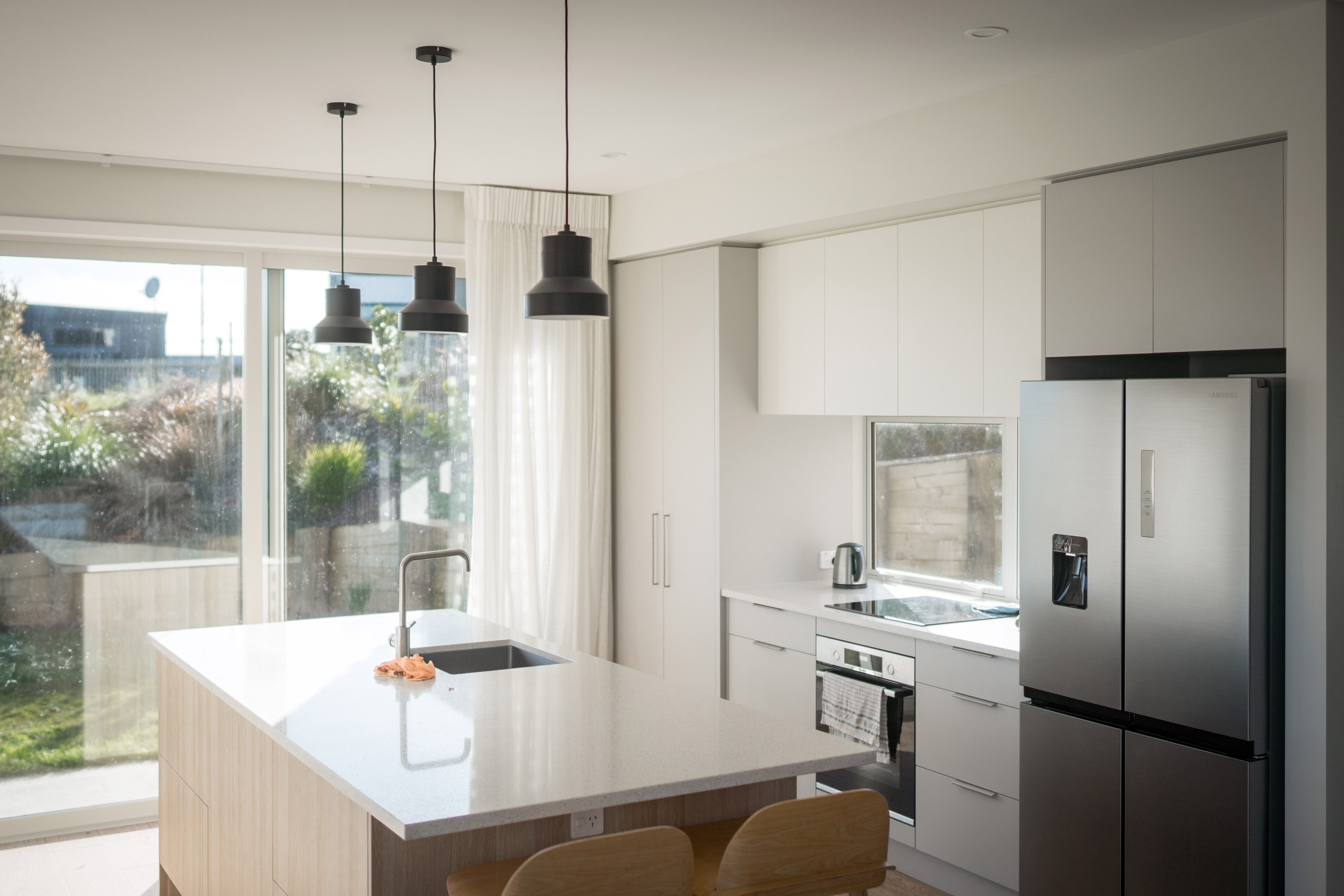
Buying your first house is a big deal - and a pretty big financial step too. Knowing what costs to expect beyond just the price tag can make the whole process a lot easier and less stressful. From your deposit and government grants to legal fees and those sneaky hidden charges, this guide covers all the costs of buying a house so you can plan ahead with confidence.
Whether you’re just starting to figure out how to buy your first house or you’re ready to start looking, getting clear on the costs will help you make smarter decisions along the way.
Buying your first home - a breakdown of the biggest, most obvious costs
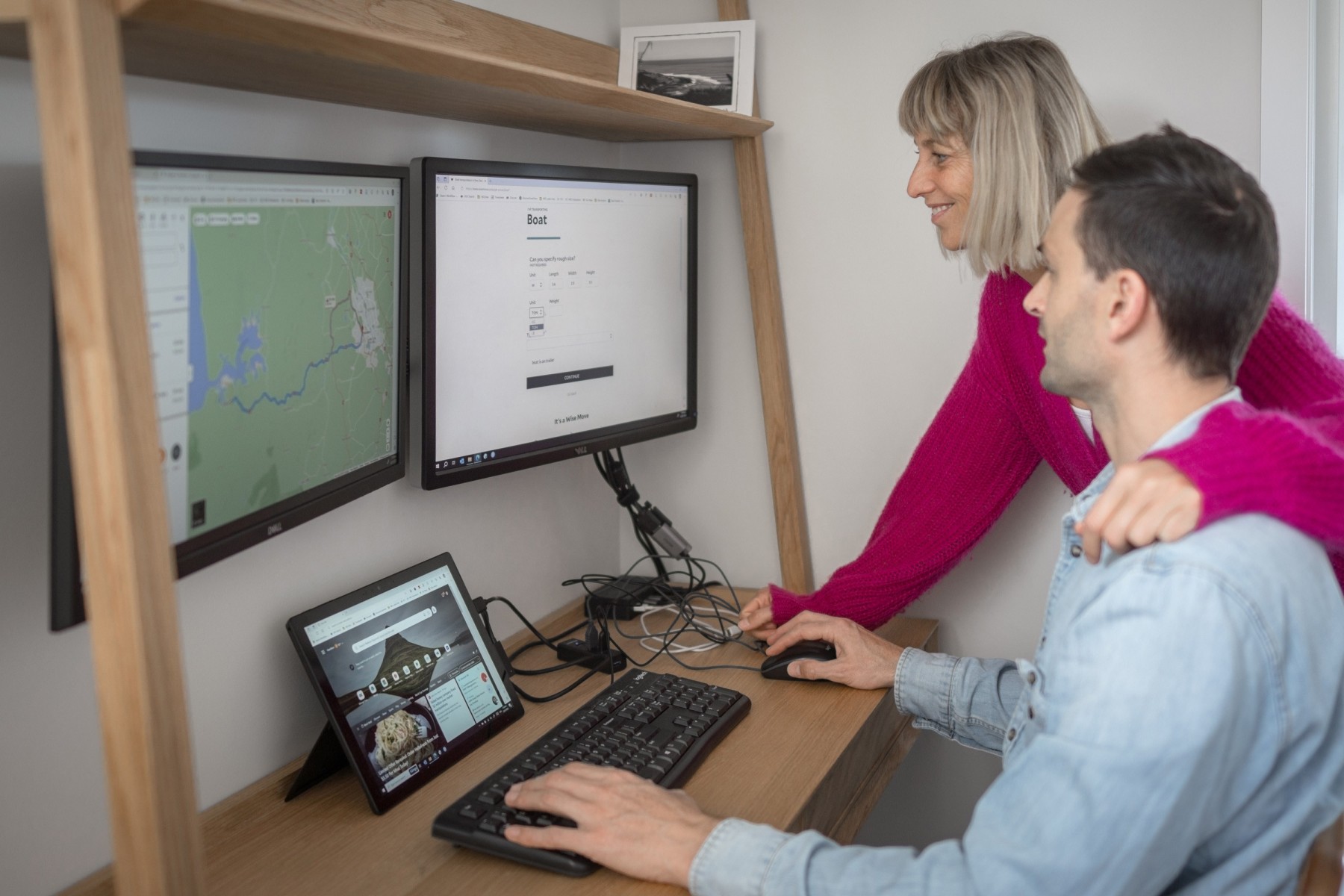 These are the costs you’ll see coming from a mile away - the big-ticket items like your deposit, the price of the home, and some important fees. Getting a handle on these upfront costs is the first step to budgeting properly for your new home.
These are the costs you’ll see coming from a mile away - the big-ticket items like your deposit, the price of the home, and some important fees. Getting a handle on these upfront costs is the first step to budgeting properly for your new home.
1. The deposit - how much you’ll need
Saving for a deposit is usually the biggest hurdle when buying your first home. Most lenders will want between 5% and 20% of the purchase price as your deposit.
To give you an idea, the median house price across Australia’s combined capital cities is currently about $1,019,840 according to Corelogic. Here’s what different deposit amounts look like on that:
- 5% deposit: Around $51,000
- 10% deposit: About $102,000
- 20% deposit: Roughly $204,000
As you can see, even a small percentage can be a big number when prices are high, but the more you can save, the easier it is to avoid extra costs like lenders mortgage insurance (which we’ll talk about later).
No matter what your deposit target is, starting early and saving regularly can help you reach your goal sooner than you think.
2. Purchase price and your monthly repayments
The purchase price is the big number you see when you’re buying a house. Right now the average house price across Australia is over $1 million - but what does that really mean?
What really matters day-to-day is how much you’ll be paying each month. Your monthly repayments depend on how much you borrow (that’s the purchase price minus your deposit) and the interest rate on your loan.
Let’s break it down a little further as we take a look at interest rates.
3. Interest rates - what you need to know from the start
Interest rates can change over time, and even a small difference can make your repayments quite a bit higher or lower.
There are two main types to know about:
- Variable rates: go up and down with the market, so your repayments can change.
- Fixed rates: stay the same for a set time, so your repayments won’t change during that period.
Here’s are example monthly repayments using the median house price in Australia’s combined capitals ($1,019,840) and a 20% deposit ($204,000):
| Interest rate | Loan amount | Approx. monthly repayment (principal + interest) |
| 6% variable | $815,840 | Around $4,890 |
| 7% fixed | $815,840 | Around $5,370 |
4. Stamp duty
Stamp duty is a tax you pay when buying a property and it’s usually around 3- 4% of the purchase price (depending on your state). For example, on a home priced at $1,019,840 (the current median across Australia’s capital cities) 4% stamp duty would add just over $40,700 to your upfront costs. That’s why any first home buyer concession or exemption can really help ease the load (more on this later).
Most states offer discounts or exemptions on stamp duty for first home buyers, especially if the property is below a certain price.
To get an accurate idea of what you’ll pay in stamp duty for your specific situation and location, it’s best to use a stamp duty calculator tailored to your state’s rules.
5. Legal and conveyancing fees
When buying your first house, you’ll need a solicitor or conveyancer to handle all the legal tasks. From checking contracts to making sure the ownership is properly transferred to you. They basically take care of the paperwork and protect your interests throughout the process.
Costs usually range between $800 and $2,000, depending on the complexity of the purchase and the professional you choose. While it might feel like just another bill, having a good legal expert can save you headaches (and money) down the track by spotting any potential issues early.
It’s a good idea to get a clear quote upfront and ask what’s included so there are no surprises later.
Hidden costs when buying your first home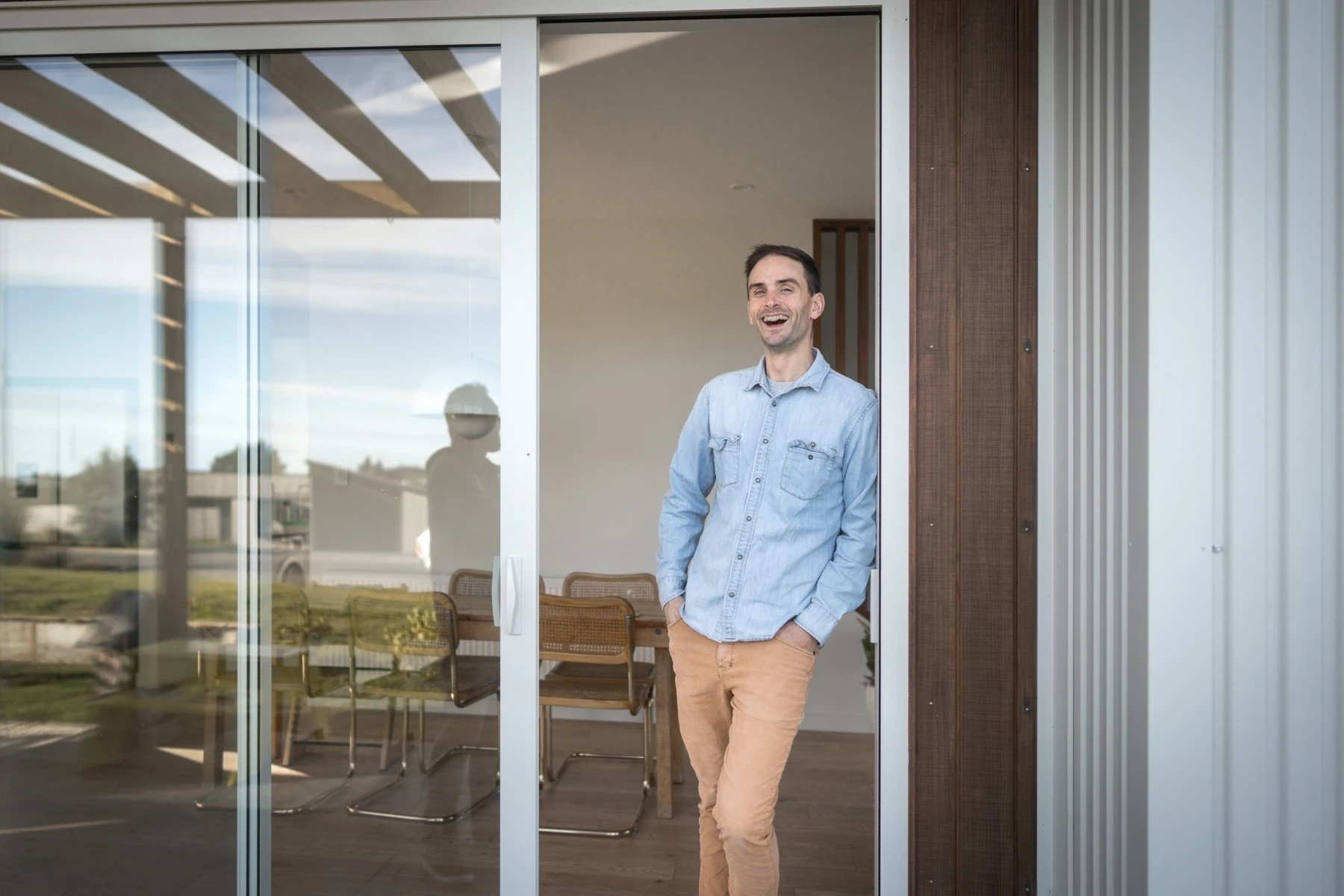
Once you’ve wrapped your head around the big-ticket items like your deposit and stamp duty, there’s a whole other layer of costs that can pop up - and they’re not always small.
Some are one-offs, others might be ongoing, but they all have one thing in common: they tend to catch first-time home buyers off guard. Here’s what to keep an eye on so your budget doesn’t get blindsided.
6. Lenders Mortgage Insurance (LMI)
Lenders mortgage insurance (or LMI) is one of those sneaky costs that can catch first home buyers off guard. If your deposit is less than 20% of the property price, most banks will charge it - not to protect you, but to protect themselves in case you can’t repay the loan.
It’s not a small fee either. LMI can cost anywhere from a few thousand dollars to tens of thousands, depending on how much you’re borrowing.
For example:
If you’re buying a home for $1,019,840 and only have a 10% deposit ($101,984), your loan amount would be around $917,856. In that scenario, LMI could cost over $20,000 - added on top of your loan or paid upfront, depending on your lender.
If you’re close to that 20% deposit mark, it might be worth holding off and saving a bit more to avoid this extra cost.
7. Loan application fee
When you apply for a home loan, some lenders charge a loan application or establishment fee - basically a one-off cost to set everything up. It usually falls between $500 and $700. The good news? Some lenders will waive it to win your business, so it’s worth comparing options or asking the question upfront.
8. Valuation fee
Before your loan is approved, your lender will organise a valuation to confirm the property’s market value. This helps them make sure they’re not lending you more than the place is worth. The cost is usually $300 to $500, and while some banks cover it, others pass it on to you. It’s one of those small-but-essential steps that often slips under the radar.
9. Mortgage registration and transfer fees
When you buy a property, there are a couple of official boxes to tick with the government - and yep, they come with a price tag. Mortgage registration and transfer fees are state government charges that make the whole thing official.
The mortgage registration fee is what you pay to register your lender’s interest in the property (since they technically own a chunk of it until your loan’s paid off). The transfer fee covers the paperwork to legally transfer the property title from the previous owner to you.
The cost for each one varies by state and the value of the property, but you’re usually looking at around $100 to $200 each - sometimes more in higher-priced states like NSW and Victoria.
It’s easy to overlook these charges because they’re processed behind the scenes, but they’ll be part of your settlement costs and need to be paid to finalise the sale.
11. Building insurance
Building insurance is usually a must-have from the moment you settle. In fact, most lenders won’t finalise your loan without it. It covers the structure of your home against things like fire, storms, or accidental damage. Even if you’re buying a unit, you might still need some level of cover (especially if the body corporate doesn’t include it).
12. Moving costs
 Once the house is yours, it’s time to make the move, and that comes with a cost. Moving expenses can vary a lot depending on how far you’re going, how much furniture and stuff you have, and whether you’re doing it yourself or bringing in the pros.
Once the house is yours, it’s time to make the move, and that comes with a cost. Moving expenses can vary a lot depending on how far you’re going, how much furniture and stuff you have, and whether you’re doing it yourself or bringing in the pros.
If you're hiring professional movers, prices are usually based on the size of your move and how long it takes. Local moves are typically more affordable, while moving interstate or long distance can push the cost into the thousands.
To keep your budget in check use Upmove to book local removalists and find a trustworthy team that fits your timeline and budget.
Explore our comprehensive guide on moving costs for a detailed breakdown by location across Australia, and we our handy removalist cost calculator to help you budget effectively.
13. Ongoing costs after settlement
Once the keys are yours, the regular bills start rolling in. Here are a few to factor into your post-settlement budget:
- Council rates: Charged quarterly or annually by your local council, covering services like waste collection, public spaces, and roads.
- Water charges: These vary by state and provider, and you’ll usually pay for both water usage and supply.
- Strata fees: If you’re buying a townhouse or apartment, you’ll pay strata (or body corporate) fees. These cover shared areas, maintenance, and insurance for the building.
- A word on government grants for first home owners
Buying your first home comes with some helpful government support designed to make things a bit easier on your wallet. The big one is the First Home Owner Grant (FHOG).
First home owner grant: what you need to know
The First Home Owner Grant is a cash payment from state and territory governments to help first home buyers with upfront costs. But the details, like how much you get and what properties qualify, can vary a lot depending on where you are.
Usually, the grant is for people buying or building new homes, so if the house has been lived in before, it probably won’t count. Plus, the ACT doesn’t offer a FHOG at all, so if you’re buying in Canberra, you won’t be eligible.
| State/Territory | Grant value | Property eligibility and limits |
| Northern Territory | $50,000 | New homes, no property value limit |
| Queensland | $30,000 (drops to $15,000 after 30 June 2025) | New homes, property value up to $750,000 |
| South Australia | $15,000 | New homes, no property value limit |
| New South Wales | $10,000 | New or substantially renovated homes, property value up to $600,000 ($750,000 for land & build) |
| Victoria | $10,000 | New homes, property value up to $750,000 |
| Western Australia | Up to $10,000 | New or substantially renovated homes, limits vary by location |
| Tasmania | $10,000 | New homes, no property value limit |
| Australian Capital Territory | N/A | No grant available |
It’s always worth checking the latest rules in your state because these grants can be a serious help with your budget.
The cost of buying your first house - a total breakdown
 When you’re buying your first house, it helps to have a clear picture of all the upfront costs involved - not just the purchase price. Here’s a total breakdown of what you can expect to pay before you settle in:
When you’re buying your first house, it helps to have a clear picture of all the upfront costs involved - not just the purchase price. Here’s a total breakdown of what you can expect to pay before you settle in:
Estimated total upfront costs:
$167,400 to $187,400 (depending on whether LMI applies and exact fees)
This total excludes your monthly mortgage repayments and ongoing costs after settlement like council rates or strata fees.
| Cost type | Estimated cost | Details |
| Deposit | 5% to 30% of purchase price | Initial savings needed; e.g., $51,000 to $204,000 on $1,019,840 median house price |
| Monthly repayments | Approx. $4,890 to $5,370 per month | Depends on loan amount and interest rate; example uses $815,840 loan after 20% deposit |
| Stamp duty | Around 3–4% of property price | State tax on property purchase; example $40,700 on $1,019,840 home |
| Legal and conveyancing fees | $800 to $2,000 | Solicitor or conveyancer fees to handle contracts and transfer ownership |
| Lenders Mortgage Insurance (LMI) | From a few thousand up to $20,000+ | Required if deposit is under 20%; protects lender if loan isn’t repaid |
| Loan application fee | $500 to $700 (sometimes waived) | One-off fee to set up your mortgage |
| Valuation fee | $300 to $500 | Bank’s assessment of the property’s market value |
| Mortgage registration & transfer fees | Around $100 to $200 each | Government fees to register mortgage and transfer property title; varies by state |
| Building insurance | Varies; required by lenders from settlement | Covers damage to the home structure; usually mandatory |
| Moving costs | $390 to $4,440 (Sydney example) | Cost depends on distance, amount to move, and use of professional movers |
| Ongoing costs after settlement | Varies | Council rates, water charges, strata fees, maintenance and repairs |
| Government grants (First Home Owner Grant) | $10,000 to $50,000 depending on state | One-off cash payment to assist with upfront costs; eligibility and amounts vary by location |
Buying your first house - key takeaways

Buying your first house comes with a lot of moving parts, and even more costs. But with the right information and a clear plan, you’ll be in a much better position to make confident decisions and avoid any unwelcome surprises. Whether you’re still saving for a deposit or packing boxes for moving day, knowing what to expect can make the whole experience smoother. And when it comes time to move in, Upmove can help you book affordable removalists so you can settle in without blowing the budget.
What do our customers say?



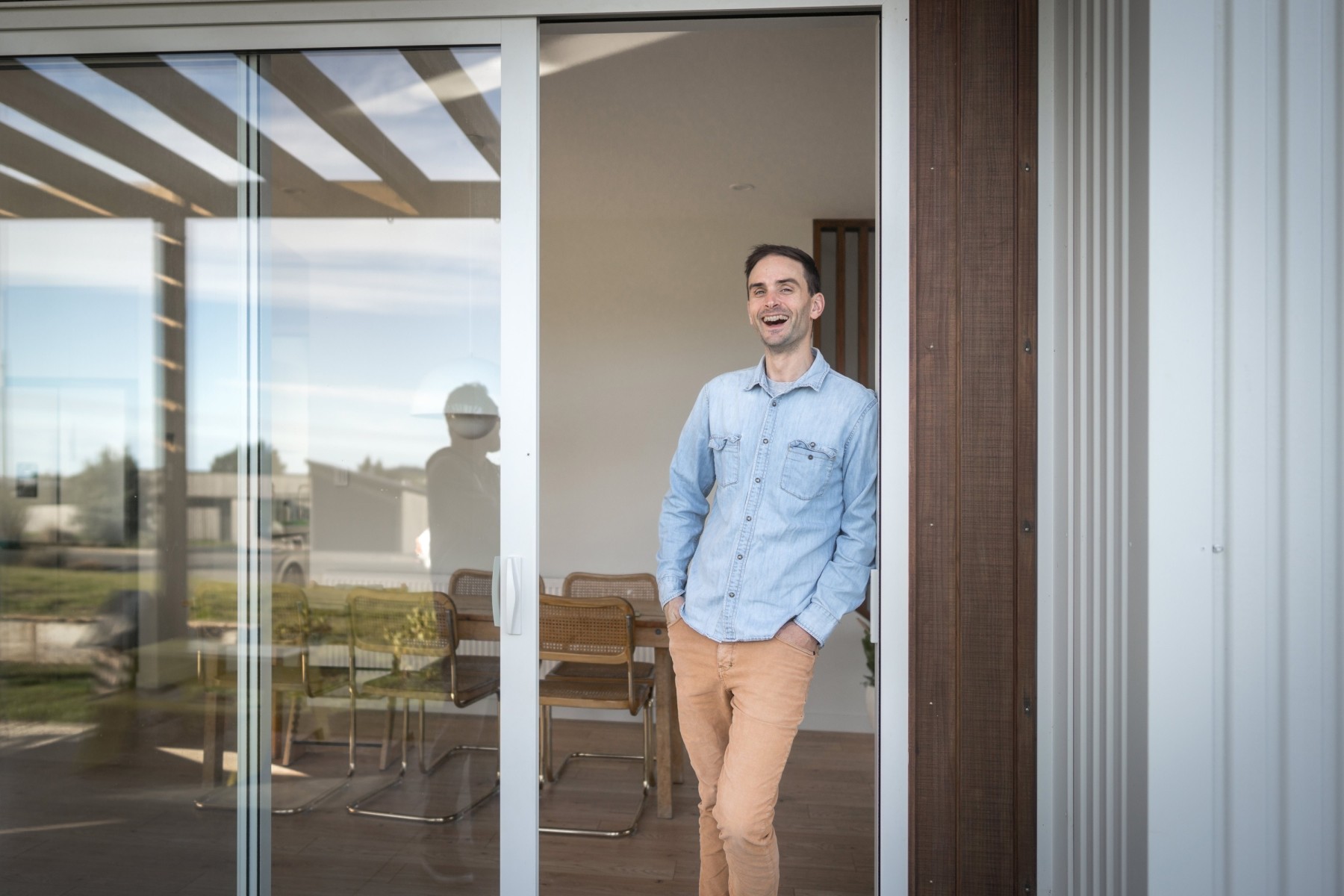
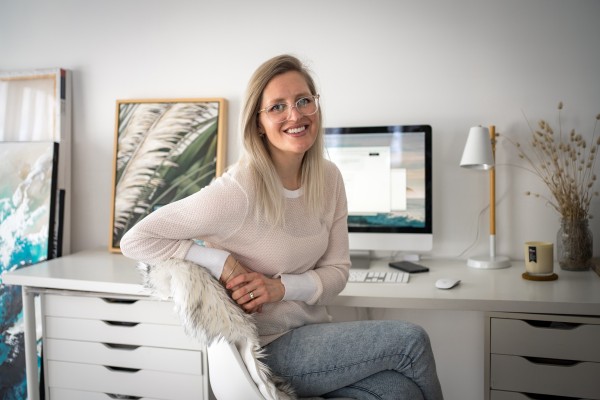


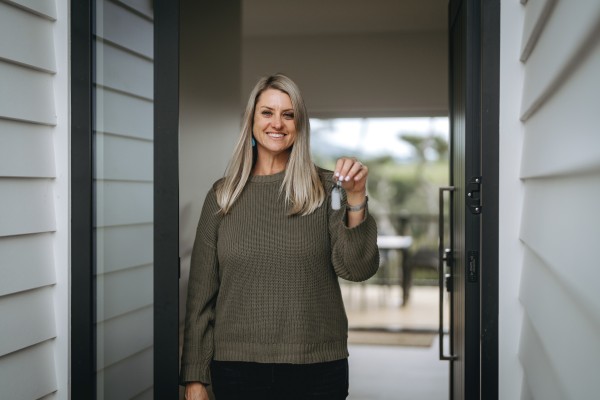
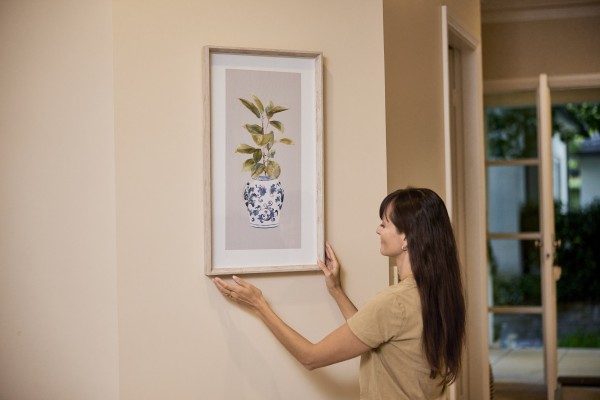
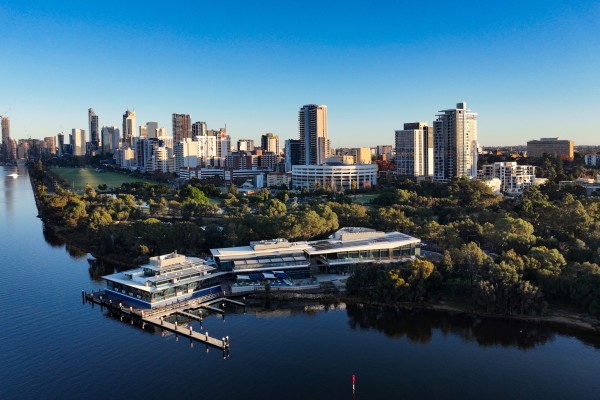


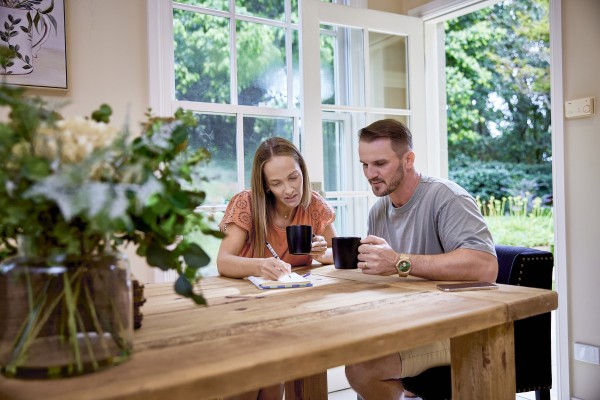
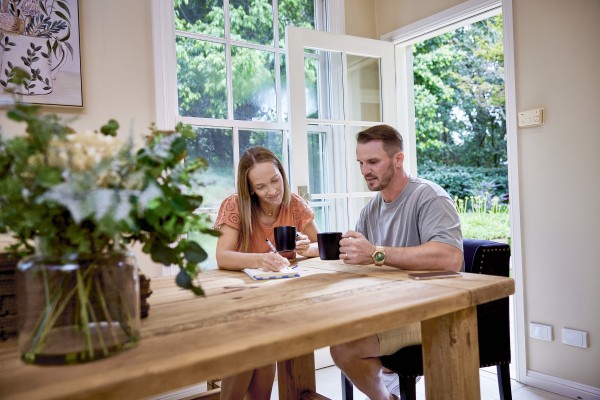
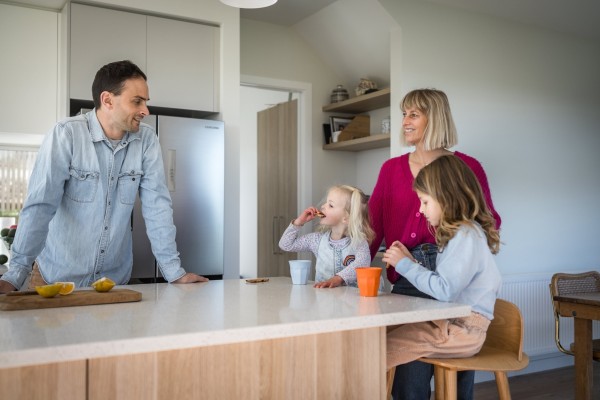
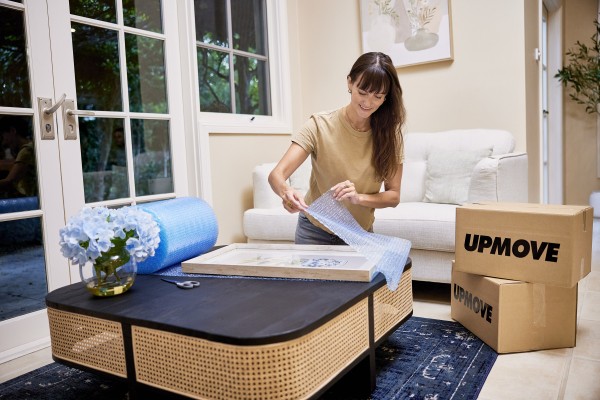
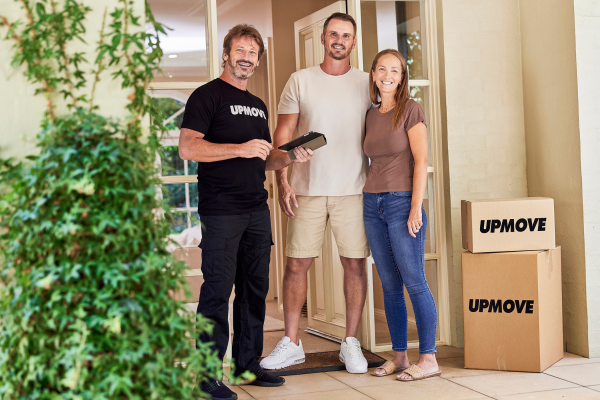
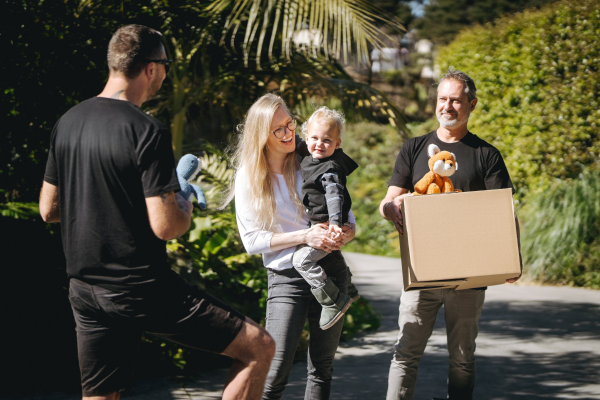
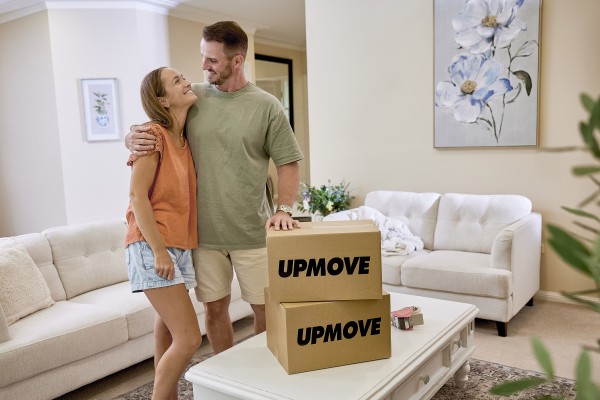
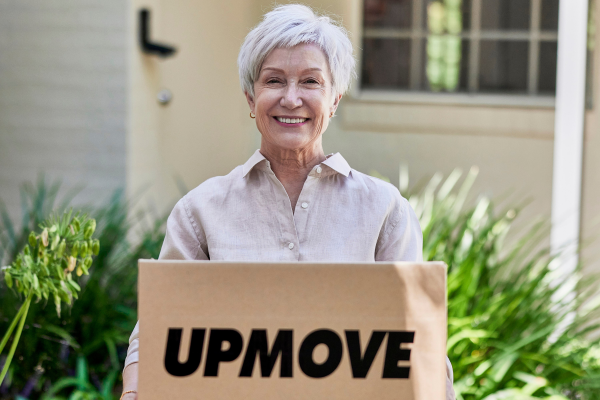
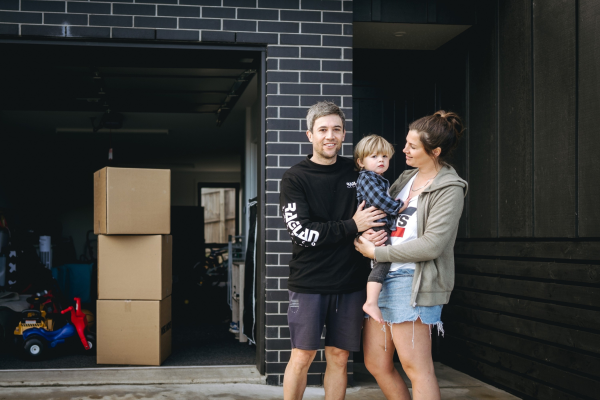
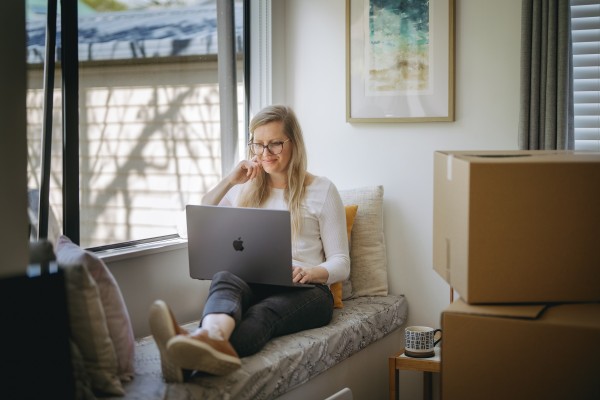

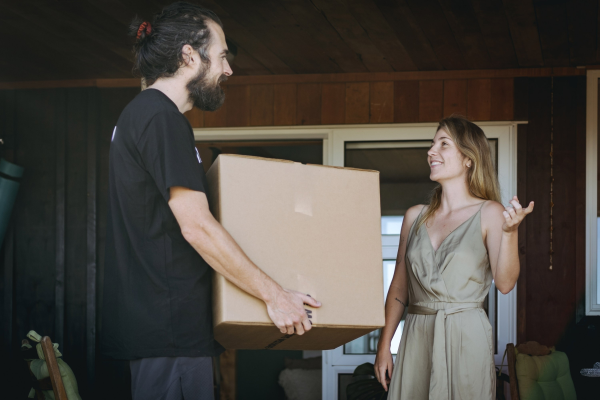
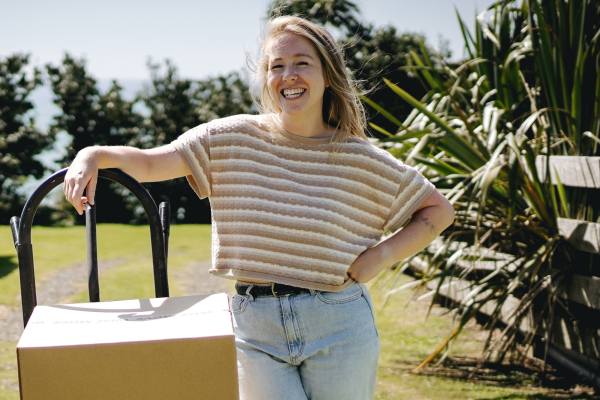


![Electric Bass Guitar Amplifier [90x70x35cm ; 50kgs], Electric Bass Gui... Electric Bass Guitar Amplifier [90x70x35cm ; 50kgs], Electric Bass Gui...](https://cdn.upmove.com.au/image/listing/3526991a6bdc56e645ac1b2a540b126e.jpeg)



